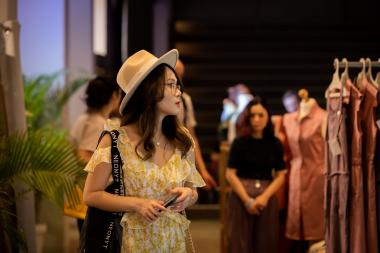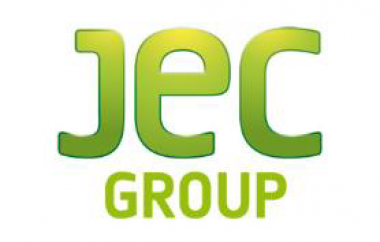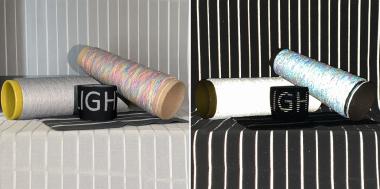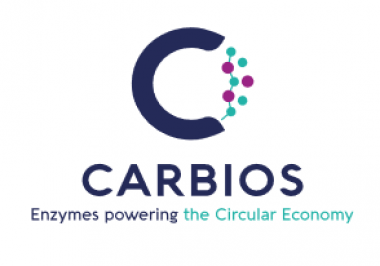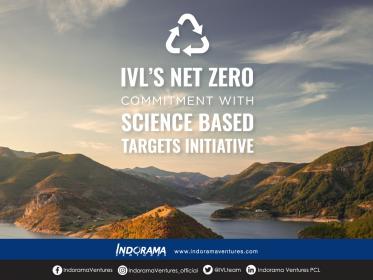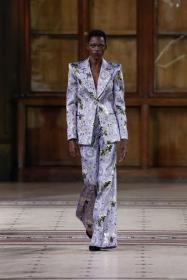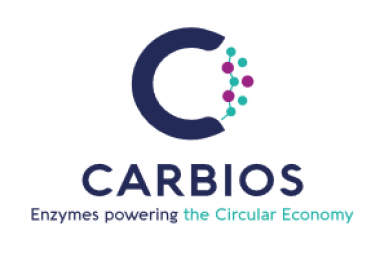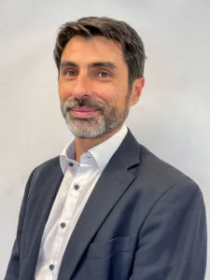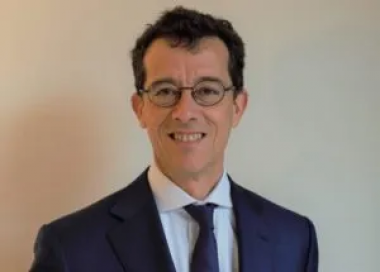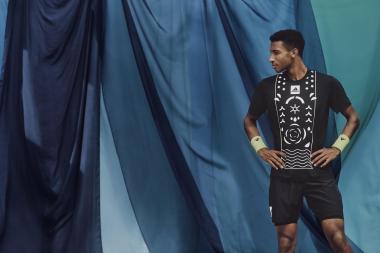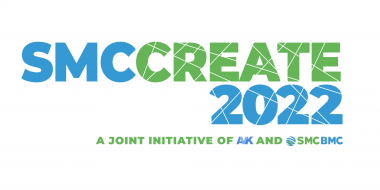Neonyt wird erstmalig in Paris stattfinden
Die Neonyt wird erstmalig in Paris vom 21. – 23. Januar 2023 stattfinden und von der WSN Développement veranstaltet. Als eine in Europa relevante B2B-Orderplattform für Mode, Nachhaltigkeit und Innovation wird sie internationalen Einkäufer*innen professionell verantwortungsvolle Brands mit textilem Weitblick präsentieren und neue Märkte von Frankreich aus, in Ergänzung zum bestehenden Standort Düsseldorf, erschließen und bedienen. Streng-nachhaltig und nach Design kuratierte Fashion trifft auf Zeitgeist-Gespür für Sustainability, Style und Trends. Zweimal im Jahr, im Januar und September, wird die Neonyt künftig parallel zu der Who's Next und IMPACT verwirklicht.
Im August diesen Jahres wurde die erste Neonyt in Lizenz an die Igedo Exhibitions in Düsseldorf vergeben und findet dort erstmalig vom 28. – 30. Januar 2023 auf dem Areal Böhler statt. Die Messe Frankfurt verkündet nun die Partnerschaft mit dem mode-erfahrenen Messe-Veranstalter WSN Développement aus Paris, der die Neonyt Paris operativ planen und auf dem Paris Expo Porte de Versailles durchführen wird.
Von Beginn an war es das Ziel der Messe Frankfurt, die Neonyt mit ihrem ohnehin internationalen Charakter, ihrer Verantwortung und ihrer einmaligen Reputation auch über Deutschland hinaus in relevanten Märkten international zu platzieren und damit konsequent neue Zugänge zu verlässlich kuratierter Mode – hinsichtlich strikter Nachhaltigkeitsvorgaben bei gleichzeitiger Berücksichtigung aktueller, modischer Strömungen – zu ermöglichen. Dies sei in diesen Zeiten wichtiger denn je, um den unbestrittenen ökologischen und sozialen Mehrwert nachhaltiger Textilien zum Ausdruck zu bringen und verantwortungsvoller Mode attraktive Präsentationsplattformen in einem professionell-verlässlichen Orderumfeld zu ermöglichen, sagt Olaf Schmidt, Vice President Textiles & Textile Technologies, Messe Frankfurt.
In Paris wird die Neonyt licensed by Messe Frankfurt zweimal im Jahr Ende Januar sowie Anfang September parallel zur internationalen Who's Next stattfinden. Die Who's Next präsentiert Einkäufer*innen Mode, Accessoires und Lifestyle plus Trends der Saison. In direkter Nachbarschaft zur Neonyt wird sich außerdem die 2019 gestartete IMPACT von WSN befinden. Sie setzt modisch-ökologische Akzente und unterstützt positive Maßnahmen zur Beschleunigung des ökologischen Wandels in der Modebranche. Who's Next und IMPACT ziehen international Einkäufer*innen an – insbesondere aber den Retail aus Frankreich, Italien, Spanien, Portugal, der Schweiz und Belgien. Vor Ort besonders interessant sind für alle Labels auf der Neonyt sowohl Specialty Stores, aber auch Multilable Stores, für die nachhaltige Mode sehr entscheidend ist.
Olaf Schmidt, Vice President Textiles & Textile Technologies, Messe Frankfurt resümiert: „Zusammen mit der Neonyt in Lizenz in Düsseldorf wird die neue Location Paris eine symbiotische Marktbespielung und -ergänzung unseres Standort-Portfolios darstellen. Wir bieten fortan Einkäufer*innen, den Labels sowie unserer wachsenden und engagierten Community die Möglichkeit, sich Märkte neu zu erschließen und ihre Kund*innenbeziehungen noch stärker zu internationalisieren. Gleichzeitig treiben wir als Messe Frankfurt mit unserem internationalen Texpertise Network – über 50 Events weltweit, ca. 22.000 Aussteller und mehr als eine halbe Million Besucher*innen – intensiv unsere Nachhaltigkeitsbestrebungen im Textilbereich insgesamt voran.“
Messe Frankfurt Exhibition GmbH


